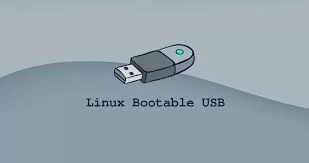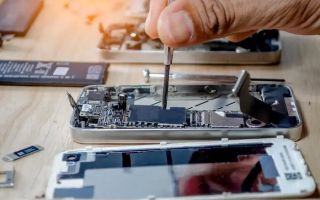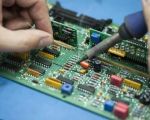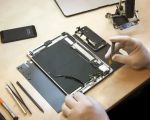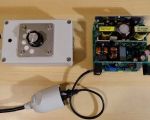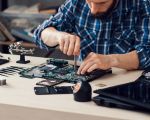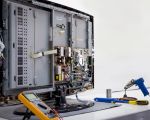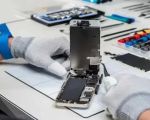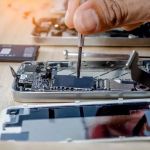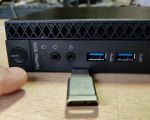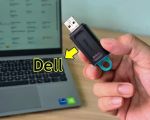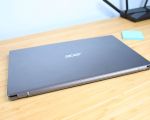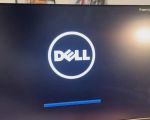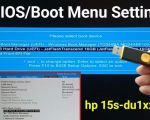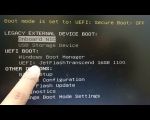How to Create a USB Boot Drive for Installing Linux
- Why Use a USB Boot Drive for Linux?
- Requirements for Creating a USB Boot Drive
- Step-by-Step Guide to Creating a USB Boot Drive for Linux
- Common Issues and Troubleshooting
- Recommended Tools and Products for Creating Boot Drives
1. Why Use a USB Boot Drive for Linux?
Using a USB boot drive for installing Linux is an efficient and flexible way to run the operating system without needing to rely on a CD/DVD drive. USB drives offer faster boot times, are more portable, and make the installation process quicker and more convenient. Whether you're installing Linux for the first time or setting up a test environment, a USB boot drive is an essential tool for any Linux enthusiast.
2. Requirements for Creating a USB Boot Drive
Before you start the process of creating a USB boot drive for Linux, make sure you have the following:
- USB Drive: At least 4GB of storage (preferably 8GB or more for better performance).
- Linux ISO File: Download the latest version of your preferred Linux distribution (Ubuntu, Fedora, Mint, etc.).
- Software Tools: Programs like Rufus (for Windows) or Etcher (for macOS/Linux) that allow you to write the ISO file to the USB drive.
- Access to a PC: You'll need a computer to create the bootable USB drive and one to install Linux on.
3. Step-by-Step Guide to Creating a USB Boot Drive for Linux
Follow these steps to create your own USB boot drive for installing Linux:
- Step 1: Download the Linux ISO file of your choice from the official website.
- Step 2: Insert your USB drive into your computer and launch the software tool you’ve selected (Rufus or Etcher).
- Step 3: In the software, select your USB drive as the target device and choose the downloaded Linux ISO file.
- Step 4: Click "Start" to begin the process of creating the bootable USB drive. The software will automatically write the ISO file to the USB drive.
- Step 5: Once the process is complete, safely eject the USB drive. Your USB boot drive is now ready to use!
4. Common Issues and Troubleshooting
While creating a USB boot drive is typically straightforward, you may run into a few challenges. Here are some common issues and how to troubleshoot them:
- Drive Not Showing Up: Make sure the USB drive is properly inserted. You may need to reformat it using the FAT32 file system before creating the boot drive.
- Corrupted ISO File: Double-check that the ISO file was downloaded completely and is not corrupted. You can verify the checksum on the official website.
- Boot Issues: If your PC doesn’t boot from the USB drive, check the BIOS settings to ensure that the boot order prioritizes USB devices over hard drives.
5. Recommended Tools and Products for Creating Boot Drives
If you want a smoother and more efficient process, here are some recommended tools and products:
- Ninja Stik USB Drives: High-quality, durable USB drives designed for fast data transfer, perfect for creating a Linux boot drive. Check them out here.
- Rufus (Windows): A free, reliable tool for creating bootable USB drives. Highly recommended for beginners.
- Etcher (Cross-Platform): An easy-to-use tool that works on Windows, macOS, and Linux. Great for beginners and professionals alike.
Investing in a good USB drive and reliable software will ensure a smooth installation experience. Visit Ninja Stik for the best USB drives to get started!

